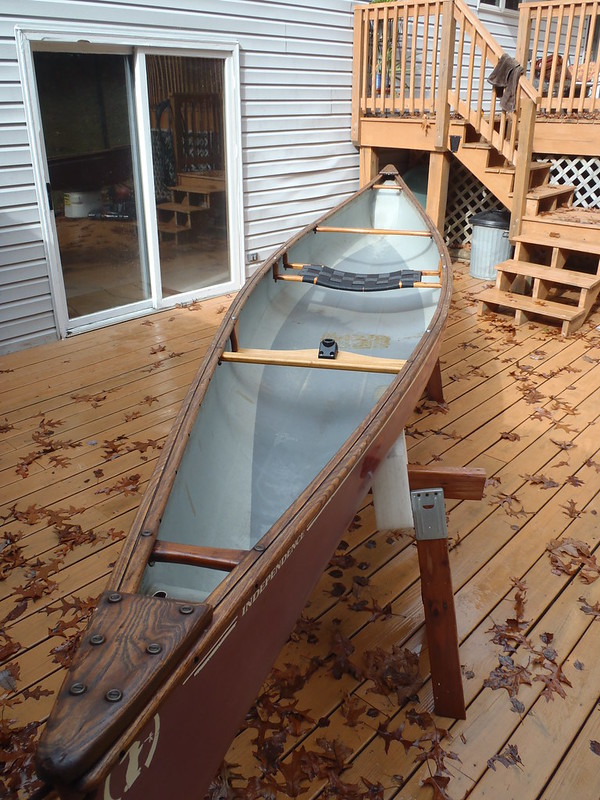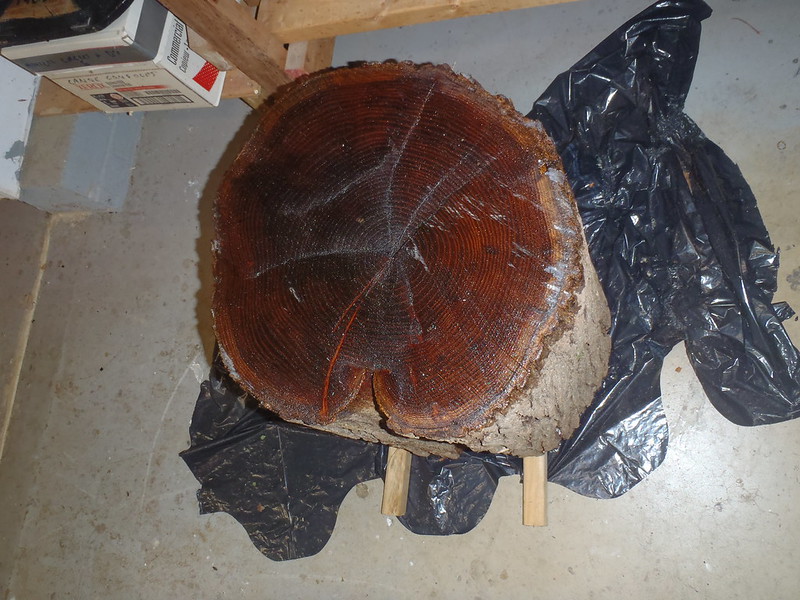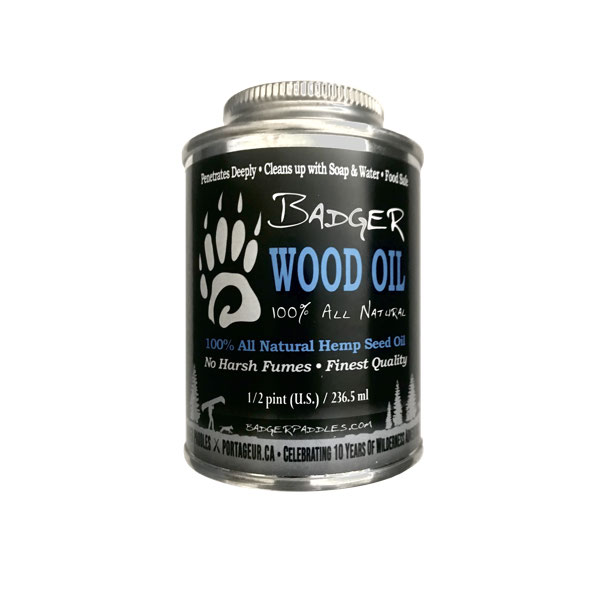I was going to reply to the paddle maintenance thread, but Glenn’s mention
“I recall seeing the material data sheet for Watco years ago and recall it is a mixture of linseed oil, varnish and some dryers. So, there's a bit of varnish there” reminded me that what I use is a similar DIY oil mixture.
I use a mix of 1/3 each turpentine, boiled linseed oil and real spar varnish, labeled “Arkay” oil after the guy who introduced me to that handy DIY mix. Spar varnish itself is just a mixture of oils, resin and solvent.
 P4080002
P4080002 by
Mike McCrea, on Flickr
I got it out to treat some wood and realized that it had gotten light on the turpentine. When I had dribs and drabs of spar varnish or other oils I had been dumping them in the can. The can isn’t just those three ingredients; the is some tung oil and even the last bits of some gunwale guard in that mix, and mixing in other oils has had no ill effects.
Of note, at one point I had a solidified hockey puck of spar varnish and added it to the can, where it eventually dissolved; good use for the dregs of old spar varnish.
I use that mix on paddle grips and wood gunwales.
 PA270059
PA270059 by
Mike McCrea, on Flickr
I varnish (or urethane) on paddle blades and shafts, but that oil mix feels silkier in hand on a grip than varnish.
That DIY mix darkens the wood, but works well. The most recent use was for a couple logs. We have a hardwood chopping block near the woodpile, and another log used to elevate the shepherd’s crook bird feeder.
 P4130027
P4130027 by
Mike McCrea, on Flickr
Those shepherd’s crook things are nice for seed and suet feeders, but poorly designed. Meant to be staked into the ground they have a tendency to topple over in strong winds and, worse, the feeders are within a squirrel’s leaping range even with the cone in place.
Plugging the prongs into drilled holes in a log resolves both issues, but the logs eventually rot. Four or five coats of “Arkey oil” on each end later the raw wood log when from untreated this
 P4080001
P4080001 by
Mike McCrea, on Flickr
To this
 P4130024
P4130024 by
Mike McCrea, on Flickr
I like that it soaks into the bark for a couple inches, should be good ground protection for the bottom.
Turpentine and boiled linseed oil are relatively inexpensive, and the leftover varnish or other oil dregs are essentially free.







